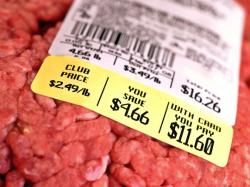Solving Processing Issues A Key To Successful Local Meat Marketing
December 26, 2013 | 1 min to read

In recent decades, consumers have become increasingly interested in local food, including local meat and poultry. To meet this demand, local meat producers need access to appropriately scaled processing facilities with the skills, inspection status, and other attributes to handle these products safely, legally, and to customer specifications. Farmers and others market participants suggest that limited processing infrastructure is a bottleneck restricting the flow of local meat and poultry to market, and they call for more plants to be built. At the same time, existing small processors often lack the steady, consistent business required for profitability, and new ventures too often struggle or fail for lack of enough livestock to process, enough of the time.
Recent research suggests that expanding the supply of local meats will require improved coordination, commitment, and communication between processors and farmers. Case studies of successful meat and poultry processors demonstrate how farmers and processors can build more established and predictable business relationships for mutual benefit. Central to these successful relationships are farmers’ commitments, individually or in coordinated groups or brands, to provide the processor with a sufficient, steady supply of livestock to process; in turn, processors commit to provide consistently high-quality processing services.
What are local meats?
To read the rest of the story, please go to: USDA Economic Research Service
